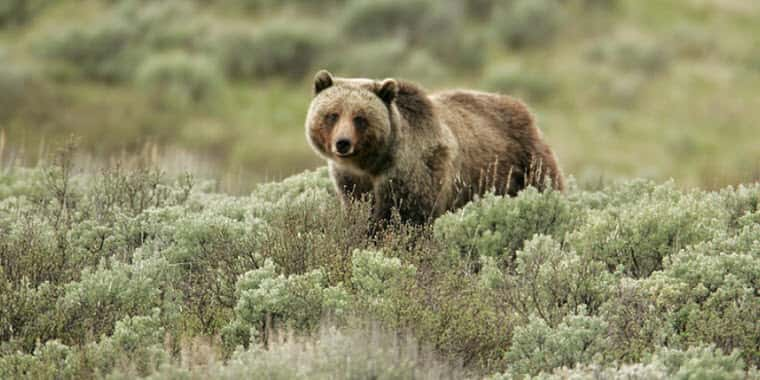Dealing with predators is nothing new for Montana ranchers. As long as there have been livestock here, ranchers have been doing they’re best to protect them from predators. However, it does seem that the numbers of predators have been increasing and that is creating a new set of challenges for producers.
The challenge in managing predators is largely what prompted Janet Bucknall, the new Deputy Administrator for USDA Wildlife Services to come to Montana earlier this month and meet with ranchers to discuss the problem and potential solutions.
Ms. Bucknall originally hails from upstate New York and has worked for USDA for over 30 years. Previously, she was the State Director of Wildlife Services (WS) for New Jersey, New York City and Pennsylvania. She served in this role from 1991 to 2007 focusing on migratory bird damage management. Prior to assuming the role of Deputy Administrator in February, she served as WS’ Eastern Regional Director where she led WS’ activities in 31 states as well as Puerto Rico and the Virgin Islands.
Janet acknowledged that her past experiences managing wildlife is very different from the management in the west but regardless of the region WS works to resolve wildlife conflicts to allow people and wildlife to coexist and reduce or eliminate the negative impacts of wildlife.
Janet’s tour of Montana led her from the Sieban Ranch outside of Helena to the McKamey Ranch near Cascade, through Rockport Colony at Pendroy and up North of Galata where we caught up with her at the McEwen Ranch.
She said “Producers have talked to me about grizzlies, about wolves, coyotes as always but also mountain lions. Those big predators are very unique especially the grizzlies extending their range further East.” “How to balance trying to protect livestock and conserve wildlife will probably always be our challenge, and the solution will always be an integrated approach and constant communication.”
Janet told us that she learned a lot about ranching in the west and the challenges that come with it but she feels better equipped to go back to Washington and advocate for producers.
“For me I have to talk quick in D.C. You might have ten minutes to explain why we need to use M44s or why we need to do this grizzly work,” She said. “I have a better understanding and I feel like I can explain that better, but also I have folks that I can call. I can call our specialists or our state director. I can talk to the McEwens if I need to reflect on something to check in to see if something would make sense out on this landscape.”
In the Sweetgrass Hills, North of Galata where Dave and Lenora McEwen raise livestock, they’re no strangers to the negative impacts of wildlife. They raise both sheep and cattle and dealing with the effects of predators comes with the territory.
Historically, their primary concern has been coyotes that prey upon both the sheep and the calves. They’ve adopted several tools though to try to manage and survive as best they can. Some of those tools are guard dogs, snares, traps, aerial hunting and M-44s. With the help of USDA WS and by utilizing all those tools, they stand a fighting chance against the coyotes. However, in the last couple of years a new problem has surfaced.
That problem is Grizzlies. As the grizzly population continues to increase, bears are moving out of the mountains and into the plains. Two years ago, two grizzlies wreaked havoc on the McEwen Ranch killing 13 lambs in one night. The initial livestock loss was bad enough but due to the presence of an endangered species, the McEwens were required to remove all their coyote mitigation tools which opened them up to more livestock losses.
Dave says the grizzlies are becoming more difficult to manage and he thinks some changes in policy may be necessary.
“The managing agencies have to step up. They have to recognize the fact that there are some bad bears in the system and when these bears become bad, they have to remove them from the population. We have maybe not too many bears, but we’ve got too many of the wrong kind of bears and acceptance or tolerance of the bears is only going to come when you get rid of the bad bears.”
There’s no easy answer in how best to manage predators. But both Wildlife Officials and producers are encouraged that by working together and providing a better understanding they protect livestock and provide for conservation of our wildlife.


